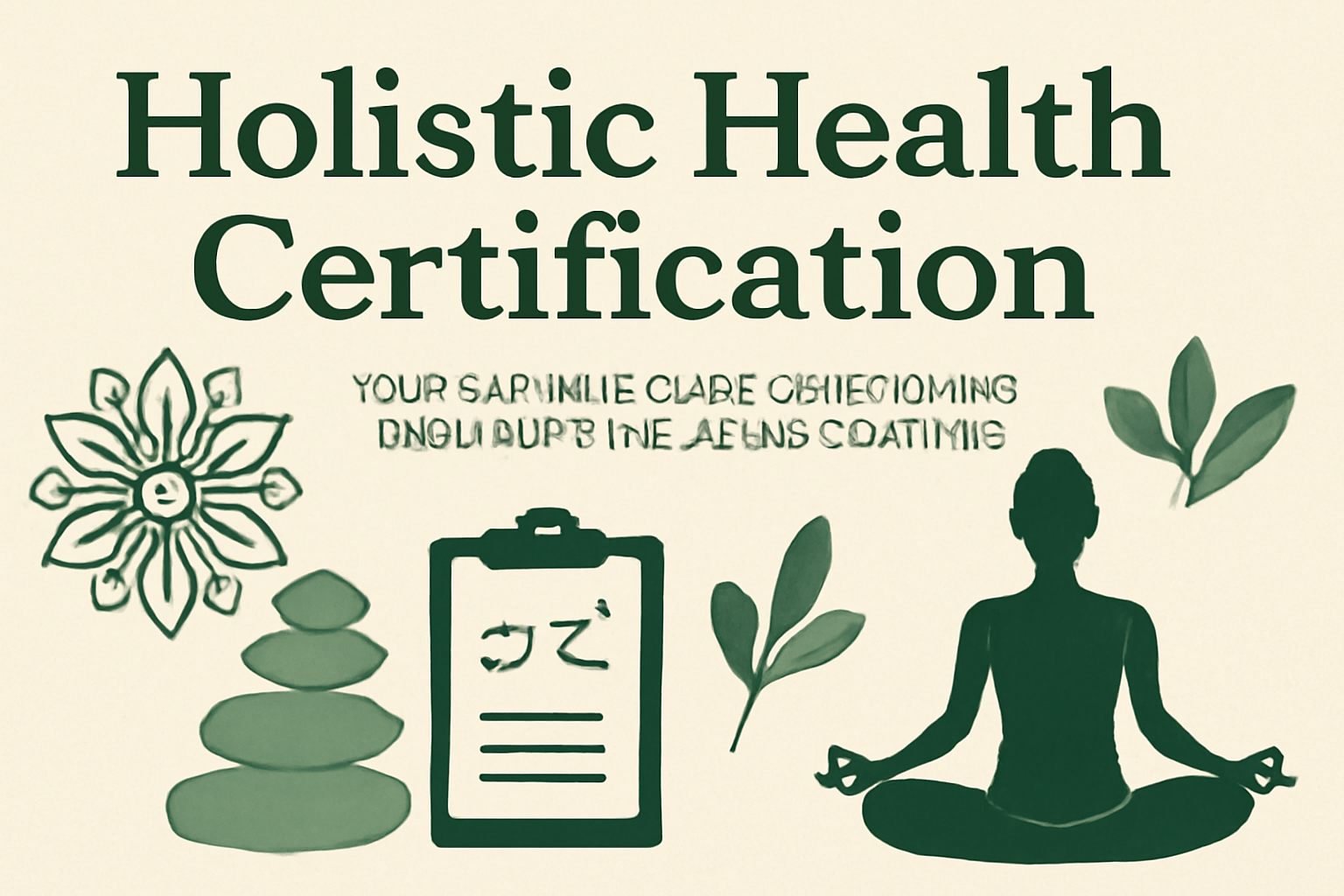Non-Surgical Ligament and Tendon treatment

Non-surgical treatment for ligament and tendon injuries has become a popular and effective alternative to traditional surgical approaches. Ligaments and tendons play crucial roles in stabilizing joints and connecting muscles to bones, making them prone to injury during physical activities or accidents. While severe cases may still require surgical intervention, many mild to moderate injuries can be successfully treated without going under the knife. This approach offers numerous benefits, including shorter recovery times, reduced risk of complications, and less disruption to daily life.
One of the most common non-surgical treatments for ligament and tendon injuries is physical therapy. A skilled physical therapist will design a customized exercise program to strengthen the surrounding muscles and improve the flexibility and stability of the injured area. These exercises help in gradually rehabilitating the ligament or tendon, promoting natural healing and preventing further damage. Physical therapy not only addresses the immediate injury but also works to enhance overall joint function and prevent future injuries. For non-surgical ligament and tendon treatment visit https://www.ultimatemedgroup.com/prolotherapy
Another non-surgical treatment option is the use of orthotics or braces. These devices provide support and stability to the injured area, allowing the ligament or tendon to heal properly. Braces also help reduce pain and protect the injured area during activities. Depending on the severity of the injury, a person may use these aids temporarily or throughout the healing process to ensure proper recovery.
In recent years, regenerative medicine has emerged as a promising non-surgical approach for ligament and tendon injuries. Platelet-rich plasma (PRP) therapy and stem cell therapy are two common regenerative techniques used to promote healing. PRP involves injecting a concentrated solution of a patient’s blood platelets into the injured area, which release growth factors and stimulate tissue repair. Stem cell therapy, on the other hand, uses the body’s own stem cells to regenerate damaged tissues and accelerate the healing process. These cutting-edge treatments offer a natural and safe alternative to surgery, with the potential for significant improvement in pain and function.
Non-surgical treatment also includes rest and activity modification. Giving the injured area time to heal is crucial for the body’s natural repair mechanisms to work effectively. Physicians may advise patients to avoid certain activities or sports that put excessive strain on the affected ligament or tendon, preventing further damage and supporting recovery.
Additionally, medications such as nonsteroidal anti-inflammatory drugs (NSAIDs) can be prescribed to manage pain and reduce inflammation during the healing process. While medications do not directly heal the ligament or tendon, they can significantly improve the patient’s comfort and ability to engage in rehabilitation exercises.
In conclusion, non-surgical treatments for ligament and tendon injuries have proven to be highly effective in many cases. From physical therapy and orthotics to regenerative medicine and rest, these approaches offer patients a range of options to support their recovery and restore functionality. However, it is essential to consult with a qualified healthcare professional to determine the most suitable treatment plan based on the specific injury and individual needs. Early intervention and adherence to the prescribed treatment plan are key factors in achieving the best possible outcomes without the need for surgery.



